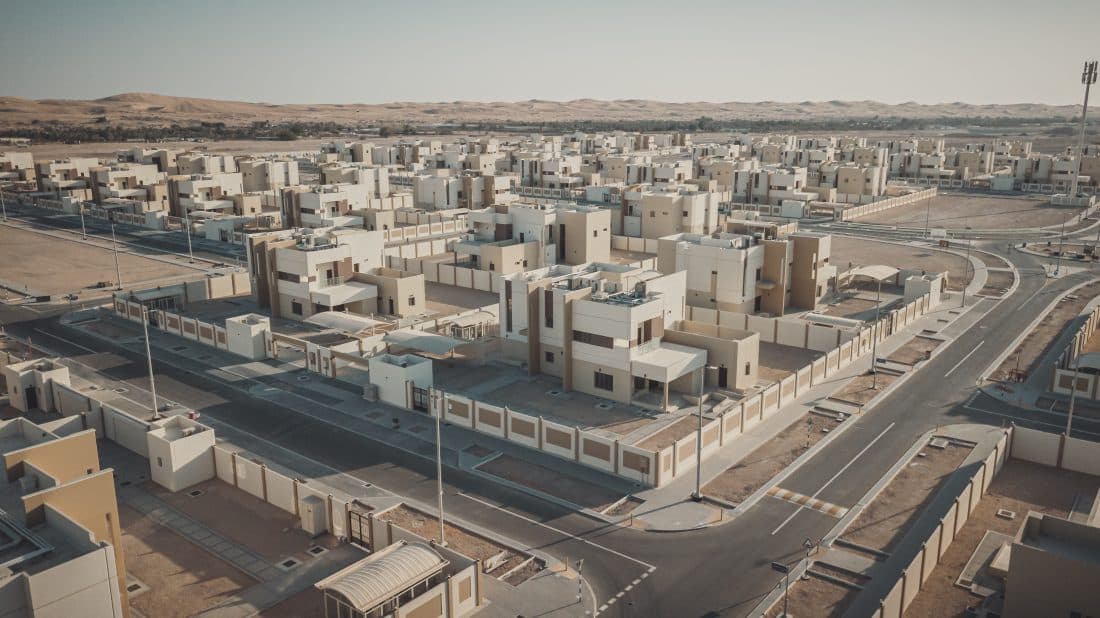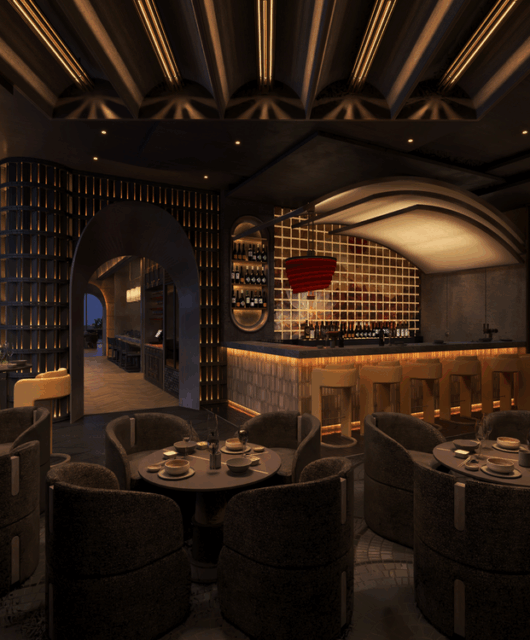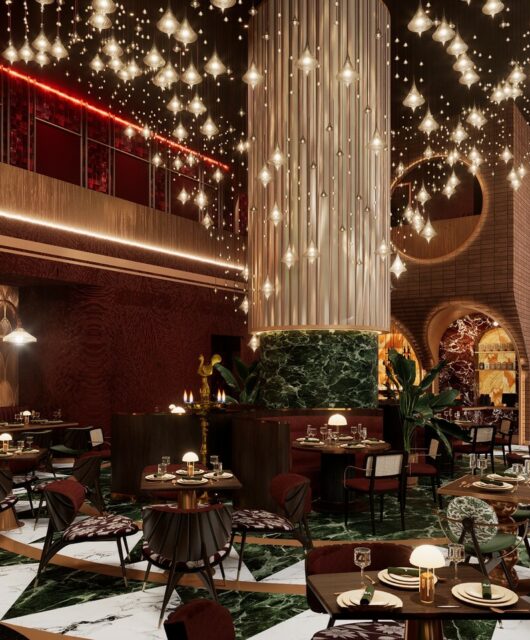Bassel Omara, Dorsch Gruppe Middle East’s lead design architect and BIM manager, discusses his passion for human-centric designs, his future goals, the benefits of the groundbreaking BIM technology, and why he pushes for it.
What does a BIM manager do? How do you summarise what is great about BIM?
BIM Managers help with the adoption of BIM technology while also directing the production of project information models, which bring together data, drawings and schedules related to the design and construction phase of a project. Early in 2008, I began using BIM technology and I believe it has revolutionised the way architects and engineers approach any design. Because each element has enough data to explain its function and purpose from day one, this technology empowers us to behave as engineers rather than as drafting tools. Briefly, reduce the amount of double work and RFI’s when it is taken to the construction phase.
How do you see the future of BIM and innovation in this region?
BIM has been a powerful trend that is evolving every day to serve our sector better. Looking into the future, where governmental municipalities will mandate the implementation of BIM on every submission is a promising step toward smart city development. This information can serve future settlements and align with UAE’s 2050 vision.
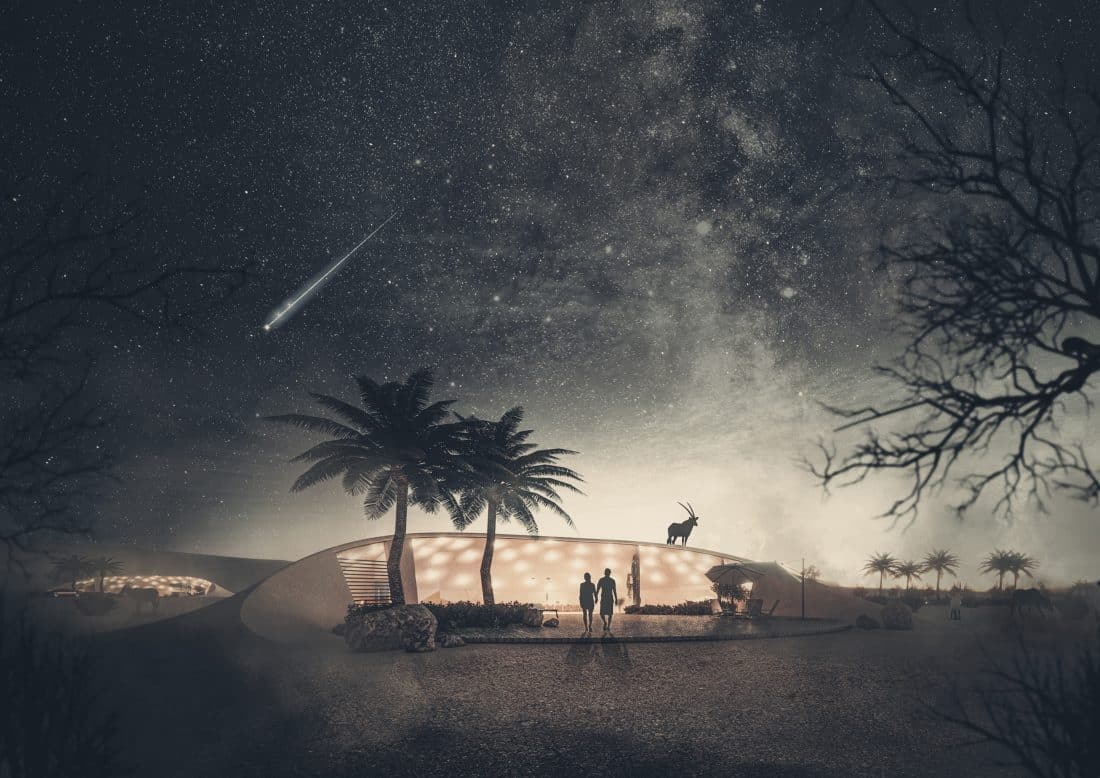
What is your guiding design principle?
I believe it is our responsibility to design for a better future. That has been my motto since day one when I see that design is a combination of art, engineering and responsibility. We have the power to change and influence the future by creating forms that inspire generations to come. It is a huge responsibility to create a building that will stand for 30-40 years and can adapt to forthcoming developments. My designs are always driven by my morals to design for a better humanity, more sustainable existence and co-living between the urban fabric and the ecosystem. I am always keen to find out what the problem is by asking myself: “What are people doing now and how do they feel about it? How will this affect their lives, especially in terms of health, safety and well-being?” I look back over the past 15 years and I am honoured by the extensive global experience I have accrued, covering both the public 2017 SHELTAINER Where Humanity Meets Hope “Multi-Award Design” 2022 EARTH SCHOOL Competition “Honorable Mention” and private sectors on a wide variety of projects spanning from Egypt to UAE, KSA, Qatar, Oman, Iraq, Libya, France, Mali, Senegal, Iceland, and Germany.
What is your vision for humanitarian architecture?
How do you apply the principles and practices of human-centred design and architecture? Humanitarian architecture is about problem-solving at both the micro and macro scale while focussing on the welfare and happiness of individuals and communities Our architecture design should strive to offer security, well-being and sustainable living that offers dignity to any occupant regardless of their social standards. I trust architecture reaches its ultimate goal when you can create a free-developing form that can accommodate the needs through time by expanding or shifting to adapt to one’s needs. That is why I enter multiple international competitions focussing on solving natural crises or benefiting unfortunate societies. What’s a well-designed building? It is when you succeed to balance the form of the building and surrounding context, the function and the need of users, the construction cost and the local economy within the given constraints. All this would lead to a positive impact on the end-user and society with the maximum benefits.
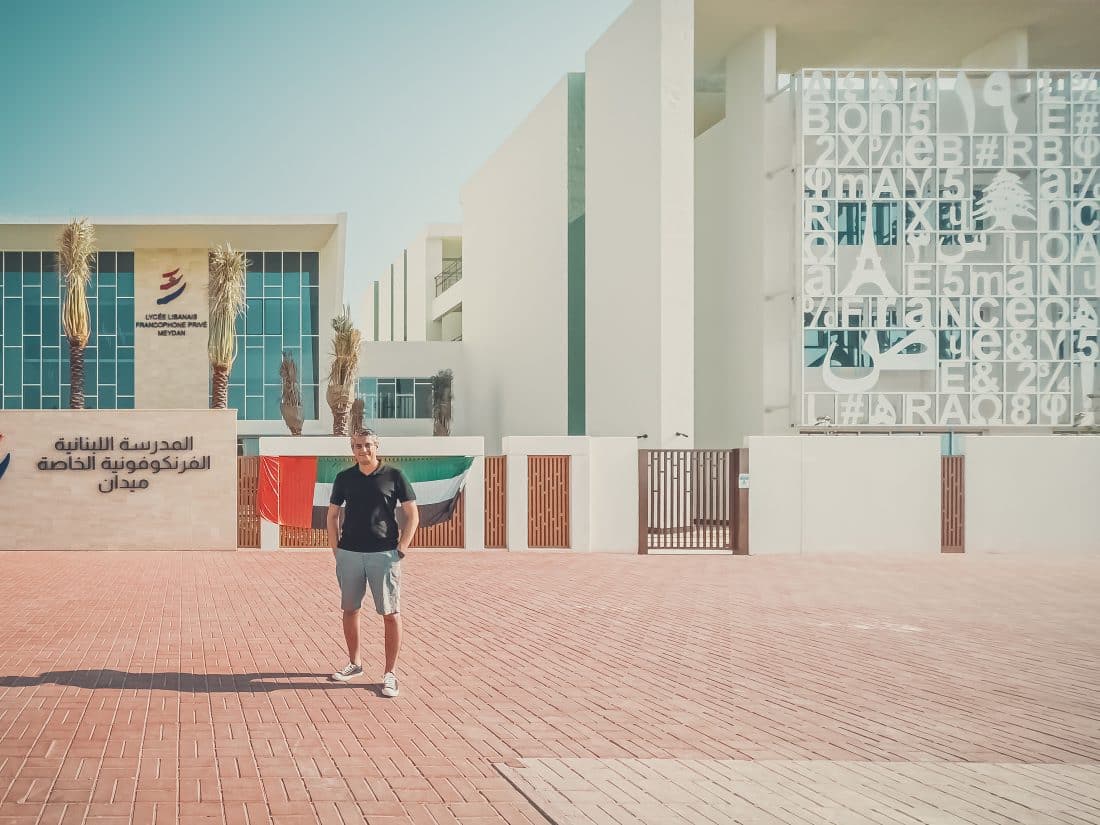
How important is sustainability for you and how do you define it?
Sustainability is a very important pillar in any design. Following the first-rate regulatory requirements is a respectable benchmark, though we need to perceive different approaches beyond the required. In my opinion, to obtain a sustainable design we need to understand closely the relationship between the function and the user within the context to be able to achieve a balanced harmony.
Where do you turn for inspiration, and which architects or designers have had the biggest influence on your work?
I generally turn to nature as we are all born on a harmonious planet the way God created it. This inspires my designs in various ways from the feel, form and structure. Various architects have a vast influence on my work today. Yet Hassan Fathy is one of the main influencers with his earth architecture and simple design techniques. I believe he is one of the reasons I gravitate towards human-centric designs with localised materials. What have been the most fulfilling projects you have worked on and why? All my projects are close to my heart and have a unique connection to me. If I have to mention then LLFP Meydan School, which is a Lebanese school with a French system located in Dubai, where combines different cultures in one place. The design represents the act of teaching through a typographical screen on the educational blocks and received multiple awards and amazes me to still receive feedback from the client appreciating the design and passing on the impressive feedback also from both the parents and students.
What are you working on currently?
What will you be doing 10 years from now? Recently, I have finished setting up a substantial master plan vision for one of the major cities within the region. The vision revolves around the city’s strengths: it’s natural setting, its rich heritage and its pleasant humble lifestyle. The project aimed to enhance its economy by developing strategic places allowing for better-managed traffic flows, creating public spaces where people can meet, reducing waste disposal costs, encouraging green spaces and a healthy lifestyle and building smarter transport networks.
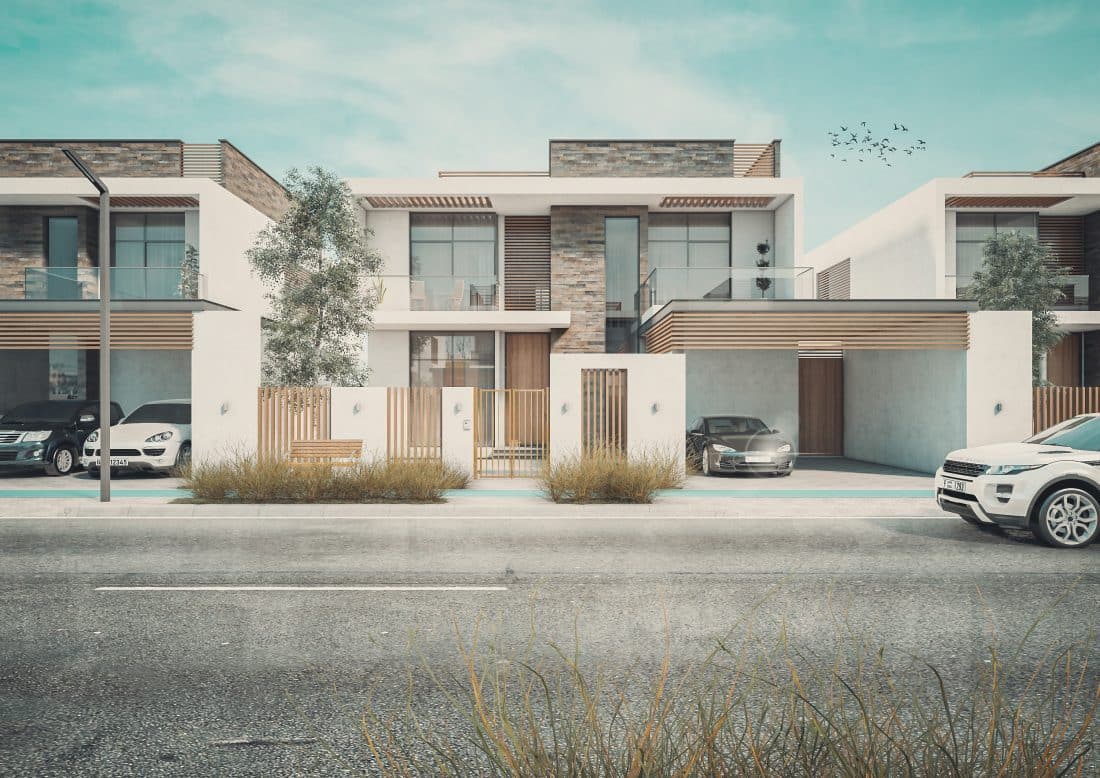
What other activities and endeavours keep you engaged, aside from your architectural projects? How do outside interests influence your approach to architecture?
My commitment to enhancing urban communities and reinterpreting basic human needs have always been the motivator behind my rigorous explorations and architectural activities. One of these instances is my collaboration with UNICITI as one of the International Working Group of Experts to lead groups of volunteers across the world to guide improving the dense urban fabric for better affordable solutions under the “Third Way of Building Asian Cities” initiative. Currently, I am leading a group to explore reusing/utilising various abandoned buildings to make them more liveable and sustainable through the post-COVID-19 lens and how to solve existing problems while setting a standard for new developments. Another group I am involved with is looking into alternative construction materials and reusing shipping containers not only to tackle waste accumulation by the circular economy but also to create affordable housing in informal settlements. Our findings will be released to the public within this year. On the other hand, my passion for spreading knowledge and teaching architecture is considered a moral duty, and I have conducted professional speeches at various summits, conferences and universities. Being a member of the Advisory Board at Abu Dhabi University is one of my dearest commitments, focussing to open the minds of young future architects. Last but not least, being selected as Chair Judge for the World Architecture Festival (WAF) & WAFChina 2019-2022 is an ongoing responsibility that I certainly look forward to this year in Lisbon, Portugal.
